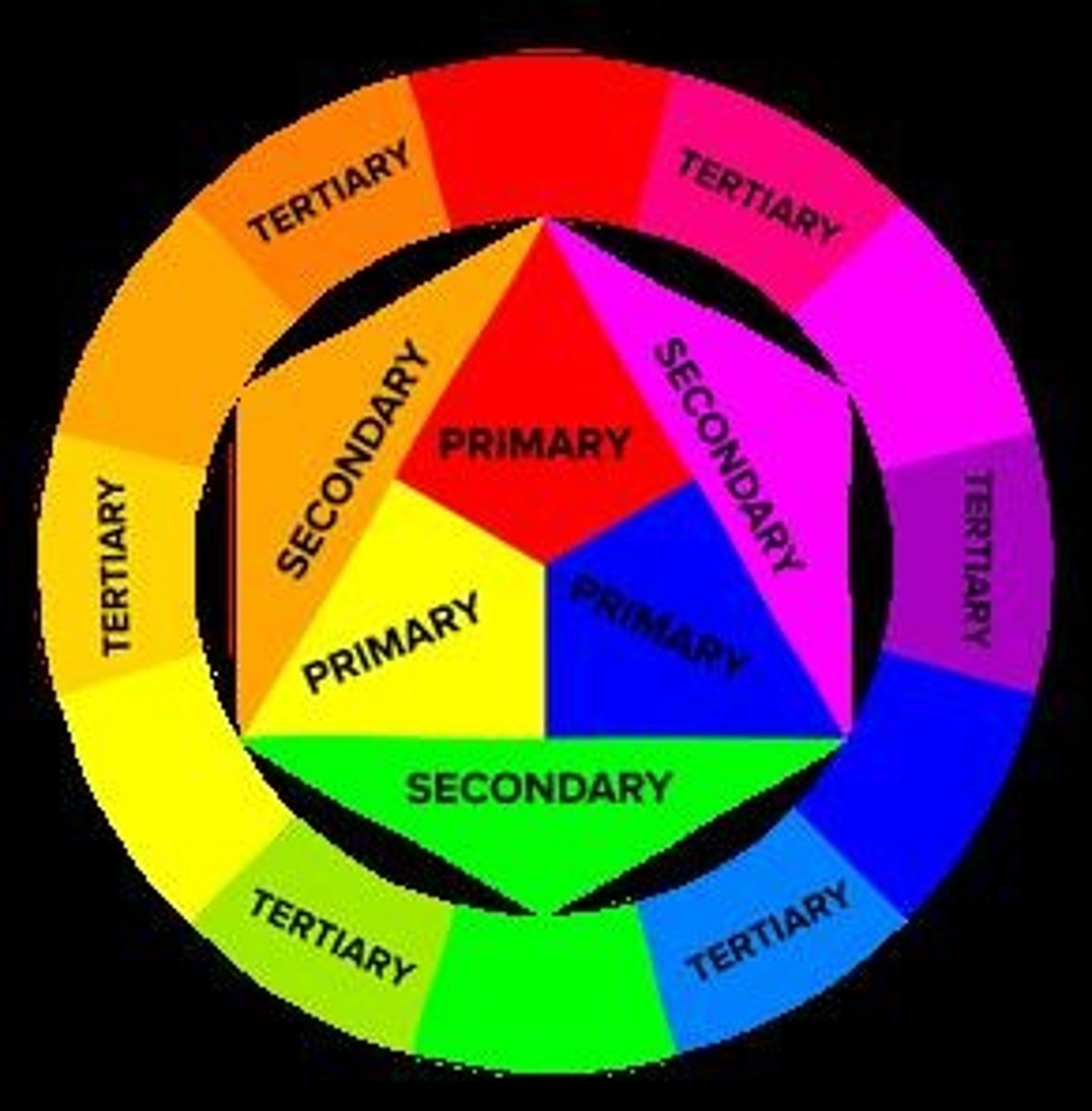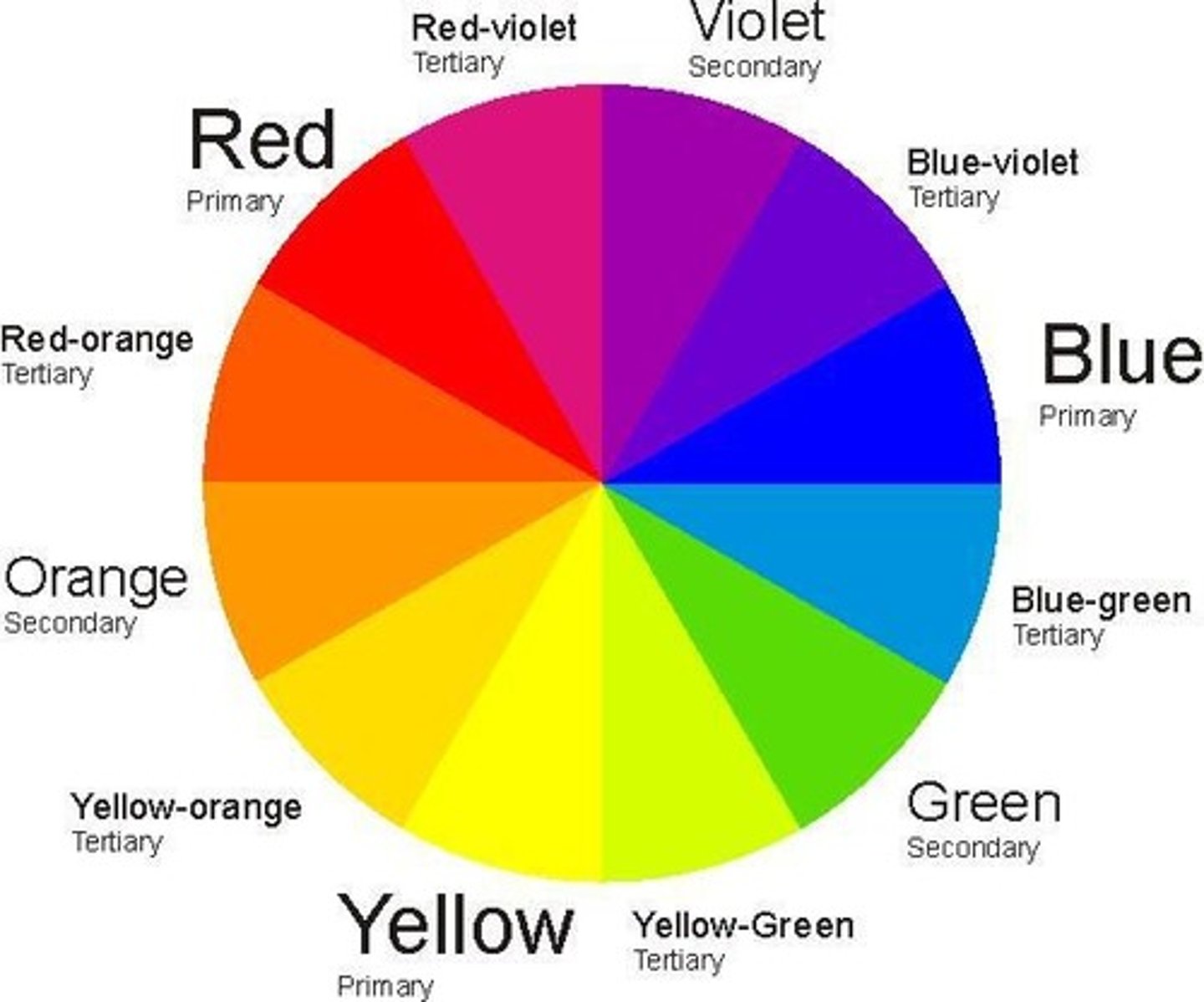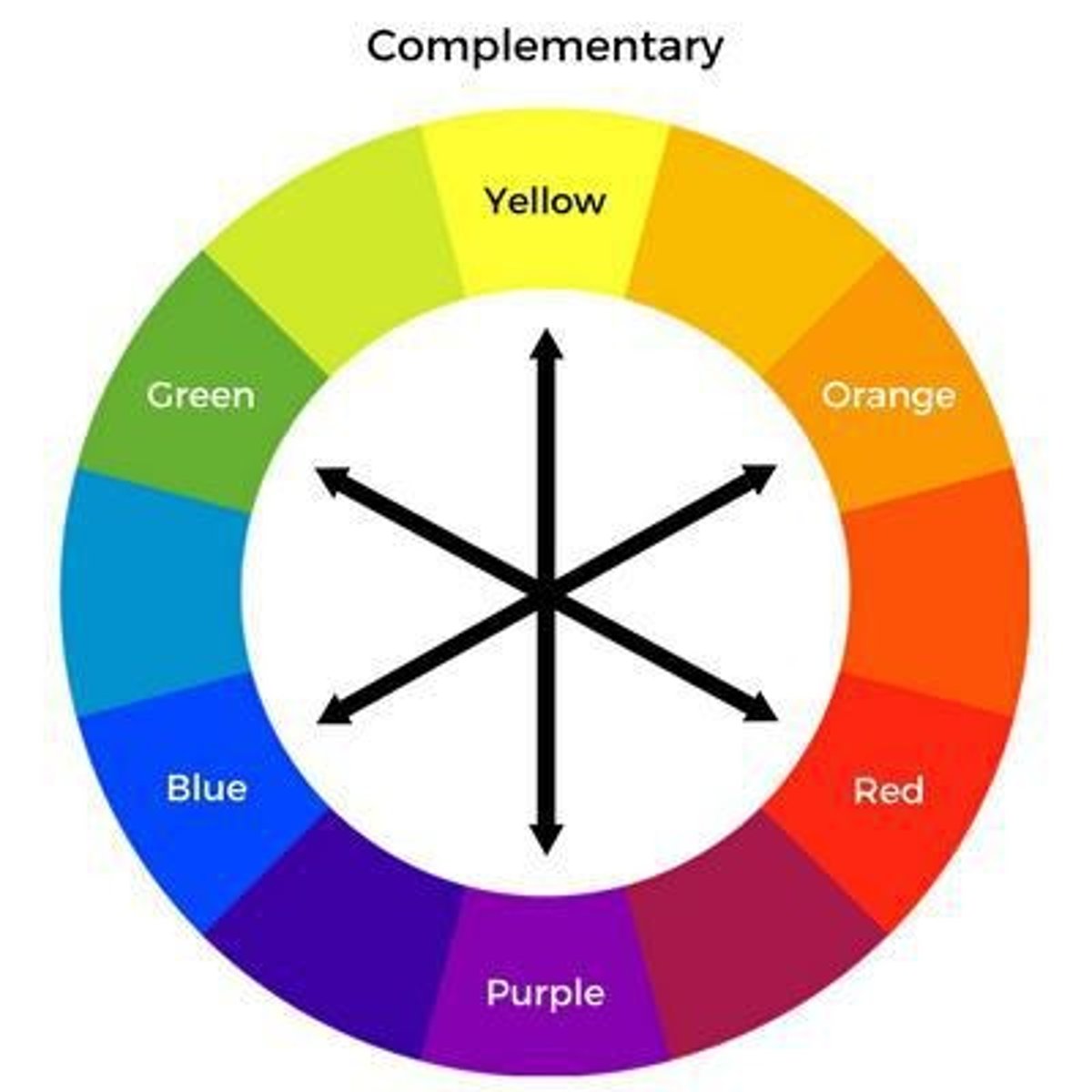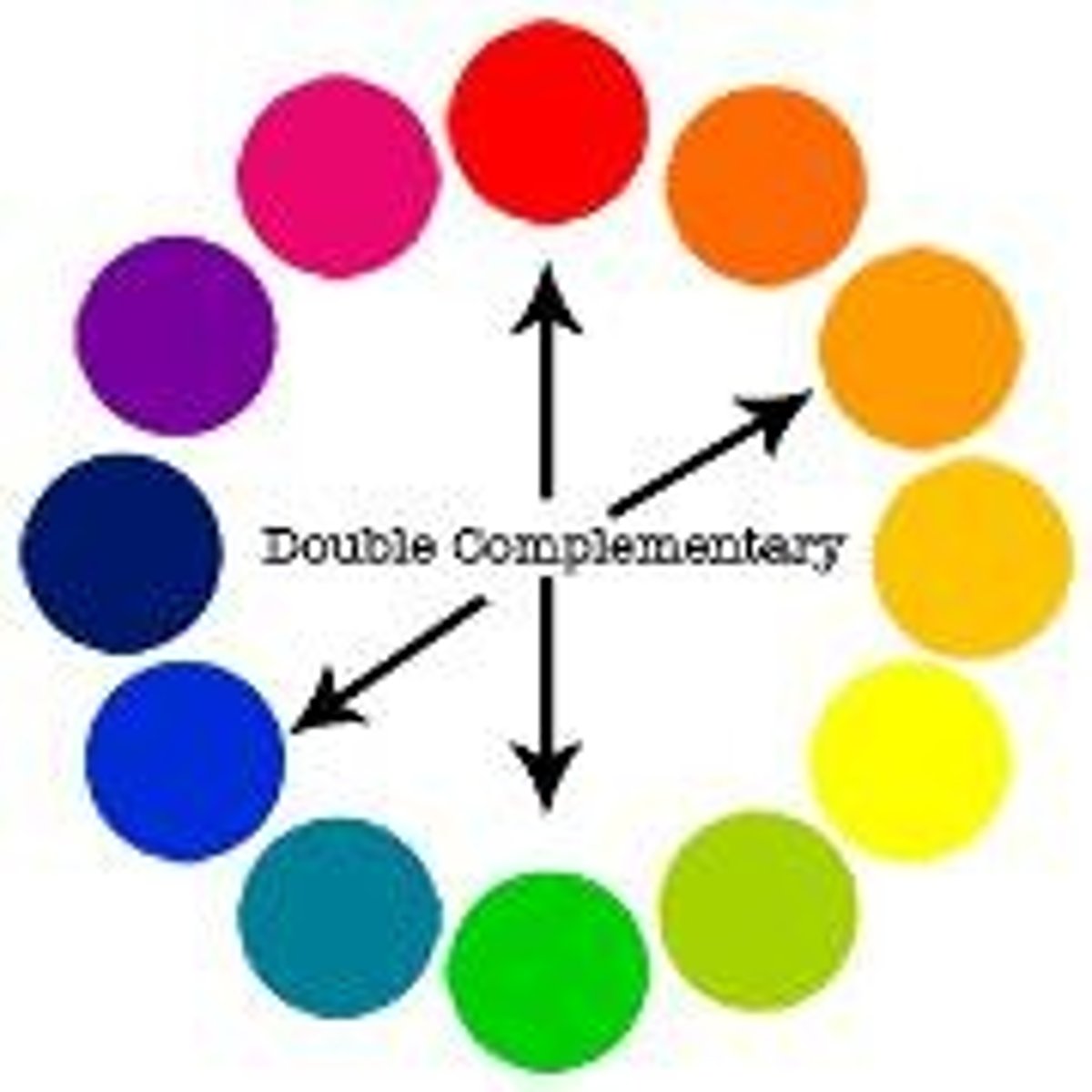Introduction to Fashion and Textiles Design Principles
1/67
There's no tags or description
Looks like no tags are added yet.
Name | Mastery | Learn | Test | Matching | Spaced |
|---|
No study sessions yet.
68 Terms
CREATIVE DESIGN
involves using computer-generated imagery and digital animation to visualize a product. It aims to produce unique and memorable designs that stand out.
CRAFTS
skills in making things especially with the hands, an occupation requiring skills with hands.
DESIGN
refers to the arrangement of any lines, forms, shape, color and texture with the purpose of achieving order and beauty.
Structural Designs
is the design made by the size, form, color and texture of an object.
Decorative Designs
applied to create a richer quality of an output, concerned with the design and decoration of an object for its utility. Is the surface enrichment of the structural design.
HARMONY
the Law of Unity. The pleasing arrangement of all elements that creates a sense of togetherness.
PROPORTION
the comparative relationship of one part to another with respect to size, quantity, degree or scale.
BALANCE
the way the elements are arranged to create a feeling of stability.
Formal Balance/Symmetrical
has equal color, shape or size.
Informal Balance/Asymmetrical
unequal elements.
RHYTHM
it is a smooth related movement where the eye automatically connects points in space.
EMPHASIS
the focal point of a composition where one area stands out the most.
LINE
A mark that spans a distance between two points. A continuous mark made by a moving point. The basic foundation of a sketch.
TEXTURE
Refers to the surface quality of an object.
COLOR
Consists of HUE (another term for color), INTENSITY refers to the brightness of color, VALUE refers to the lightness or darkness of color.
SHAPE
An enclosed area defined and determined by other art elements.
2-Dimensional FORM
height and weight.
3-Dimensional FORM
height, weight and depth.
SPACE
The distance or area between, around, above, below or within. It includes the foreground, middle ground and background.
Positive SPACE
filled with something.
Negative SPACE
is an empty area.
COLOR WHEEL
chart of color that shows how each color is related to other colors.

Primary Colors
are the basic colors from which all the colors come (red, yellow, blue).

Secondary Colors
are created by mixing two primary colors (green, orange, violet).

Tertiary Colors
are combinations of primary and secondary colors (red-orange, yellow-orange, yellow-green, blue-green, blue-violet, red-violet).
COLOR HARMONIES/Color Chords
refers to the number of pleasing color combinations.
Monochromatic Harmony
one color of different shade.
Analogous Harmony
three neighboring colors, one of which is dominant. (red-orange, orange, yellow-orange).
COMPLEMENTARY COLORS
the colors that are opposite to each other in the color wheel (yellow, violet, red, green).
DOUBLE COMPLEMENTARY
two neighboring colors and their opposite colors.

SPLIT COMPLEMENTARY
three colors diagonal with each other.
Embroidery
A craft of decorating fabric or other materials using a needle to apply thread or yarn.
Embroider
The French word meaning 'Edge and Border'.
Embroidery Materials
Silk or Rayon fabric, needle or hoop, scissors.
Modified Oriental or Romanticism Stitch
A stitch used to replace the long and short stitch in embroidery.
Crewel Embroidery
Early American embroidery consisting of simple stitches worked with crewel thread in floral or scroll patterns on plain materials.
Philippine Embroidery
Famous in Batangas, Laguna and Quezon, it has enjoyed many years of acceptance and pride.
Nipis
A material used in 19th century Philippine embroidery, popularized along with Abaca, Pineapple leaves, Maguey, and Jusi.
Canvas Work
Embroidery done in wool or silk linen or in very fine canvas with threads on an even count.
Needle Work Cruell
An embroidery from England named after the type of wool used.
Cross Stitch
A stitch worked on canvas to produce large carpets.
Samplers
Varied practical uses of embroidery done at home, often used in education among young girls in America.
Ancient Embroidery
Examples from early Egyptians, Greeks, and Romans, including fine strips of pure gold or metal wound around a foundation of linen thread.
Silk Embroidery
Developed in the orient along with silk fabrics, featuring richly colored silks embroidered with silk metallic thread or jewels.
Spanish Blackwork
An embroidery work introduced by Catherine of Aragon in the 16th century, done in black thread on white material.
Hot-Iron Transfer Design
A method of applying designs to material using heat.
Embroidery Factories in Manila
In 1920, there were 40 embroidery factories in Manila, mostly owned by Americans.
Industrial Export of the Philippines
Embroidery became the major industrial export of the Philippines.
COUNTED-THREAD EMBROIDERY
A technique that requires no tracing or transfer and is worked by counting the threads of the fabric and working each stitch over an exact number of threads.
LINEN
Derived from the fibres of the flax plant and is highly valued for its fresh and cool feel especially during hot weather.
WOOL
Derived from the hair and fur of different animals including sheep and goats, it is very warm and a good choice for colder weather garments.
AIDA CLOTH
A special fabric with an open but even weave, commonly used for embroidery.
SYNTHETIC FABRIC
Composed of man-made fibers.
NYLON
The most common fiber for textile and one of the strongest and most common fabrics on the market.
ACRYLIC
Lightweight, soft and warm with a wool-like feel, it can also be made to mimic other fibers such as cotton.
SPANDX
Highly durable fabric that is resistant to dry heat and oil, providing great comfort and flexibility.
SATIN
Satin fabric is smooth and glossy, usually made from silk, nylon, and polyester.
FABRIC
Any cloth made from yarn or fibers by weaving, knitting or felting.
NON-WOVEN FABRIC
Fabrics such as Felt.
WOVEN FABRICS
Usually best for embroidery, requiring appropriate thread count based on technique and threads used.
KNITTED FABRICS
Fabrics such as yarn and terry cloth.
TAPESTRY NEEDLES
Needles with a blunt point and a large eye for easy threading, commonly sized 13-28.
CHENILLE NEEDLES
Needles with large eyes and very sharp points, generally sized 13-24.
CREWEL NEEDLES
Needles with long narrow eyes and sharp points, usually sized from 1-10.
SMOCKING
An embroidery technique that gathers fabric using different stitches to create design and texture and incorporate stretch.
APPLIQUE
A handicraft made by applying design, fabric or ornament to another surface; a needlework technique where a fabric is sewn or attached to another fabric.
COTTON
Derived from the fiber of the tropical cotton plant, soft and fluffy.
ALL SEASON FABRIC
A fabric that provides comfort and flexibility without putting weight on the body of the wearer.